Excelsior plus
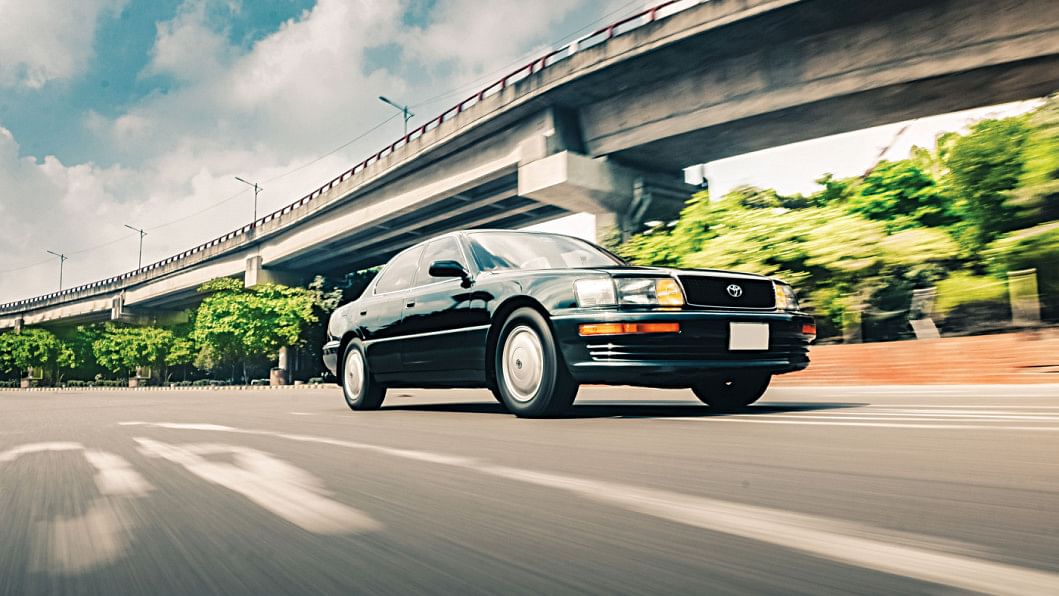
Lexus, as we know it, might not have been the same if Toyota hadn't smashed it out of the park, or hit a homerun to be more on-brand with the genesis of Lexus, stemming from the LS400 in the USA.
The segment-defining land barge called out the euros in English, literally giving its rivals, namely the W140 Benz S-Class and the BMW E32 7 series, a run for their Deutsche marks, and then some.
The LS400 was everything but a land barge. Maybe a luxury hovercraft at best, which wouldn't be terribly inaccurate from the truth since the LS400 rode on air from the factory, as air suspension was a standard feature.
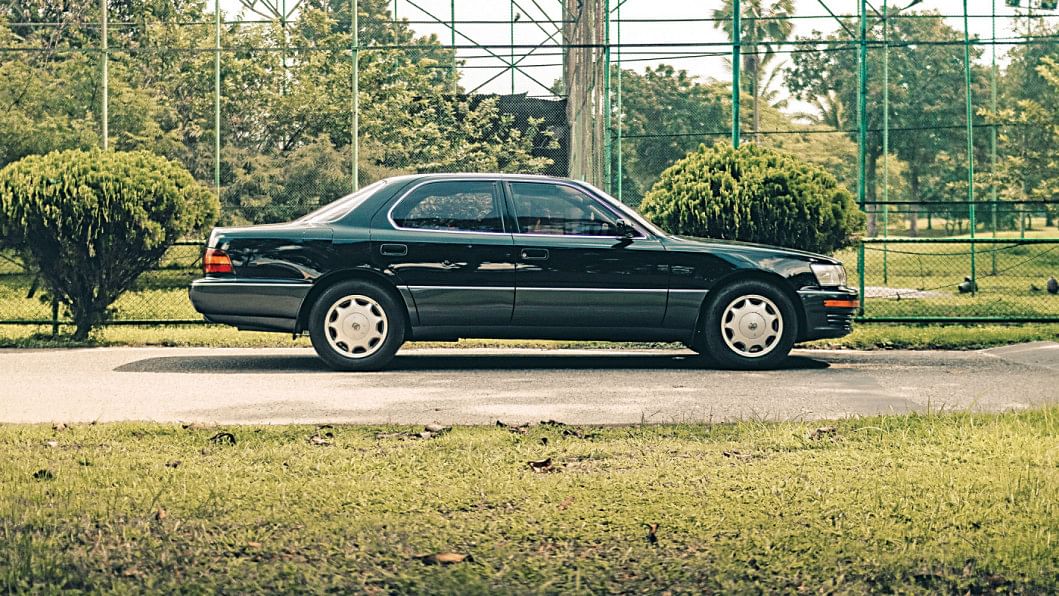
The research and development trip embarked on a lengthy field trip to the golden state of California, which is probably why the LS400 borrows its demeanour from American cars of the period. The R&D team made quite a dent on the budget with the development of the powertrain alone, the all-aluminium, 32 valved, over-engineered 1UZ-FE in all its 8 cylinders of glory. Power and torque figures were class-leading.

Even the outgoing 7 series of the time was running on six cylinders and swapped to a V8 only as a response to the Lexus later. The V8 could school every one of its rivals, while balancing a stack of champagne glasses on top of its hood, as shown by the certified hood classic "Art of Balance" advertisement run by Lexus, demonstrating the buttery attributes of the 1UZ.
The first generation of the LS400 unsurprisingly sold more than its targeted rivals. Mercedes and BMW were quite clearly disturbed, quivering in their boots, with BMW going as far as accusing Toyota of selling the luxury saloon under profit, while general motors and the gang pursued the congress to thwart the second generation of the LS400.
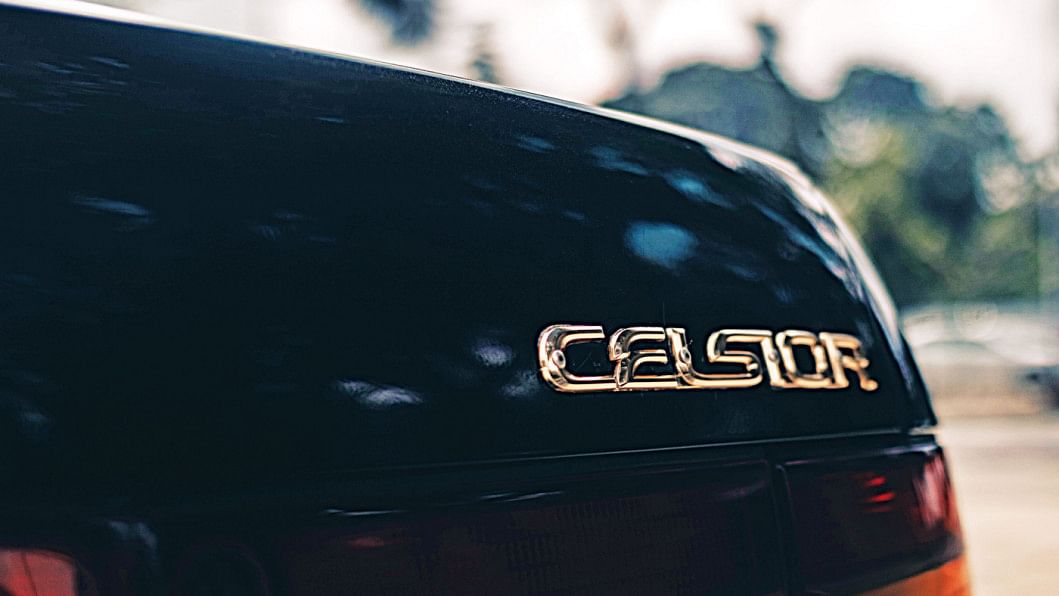
While making big waves not too far from Toyota's home base, the LS400 was sold as the Celsior in the Japanese market, which means Bangladesh did get quite a few of the rebadged LS400.
It really is more than the sum of its parts. Modern cars just don't exude the same aura as a black, two-toned Celsior sitting at a parking lot in Japan. This exact aura held Mohammed Ashraful Huque's father spellbound, as it must have been love at first sight when his father found a Celsior parked while visiting a Toyota manufacturing plant on a business trip to Japan twenty-one years ago.
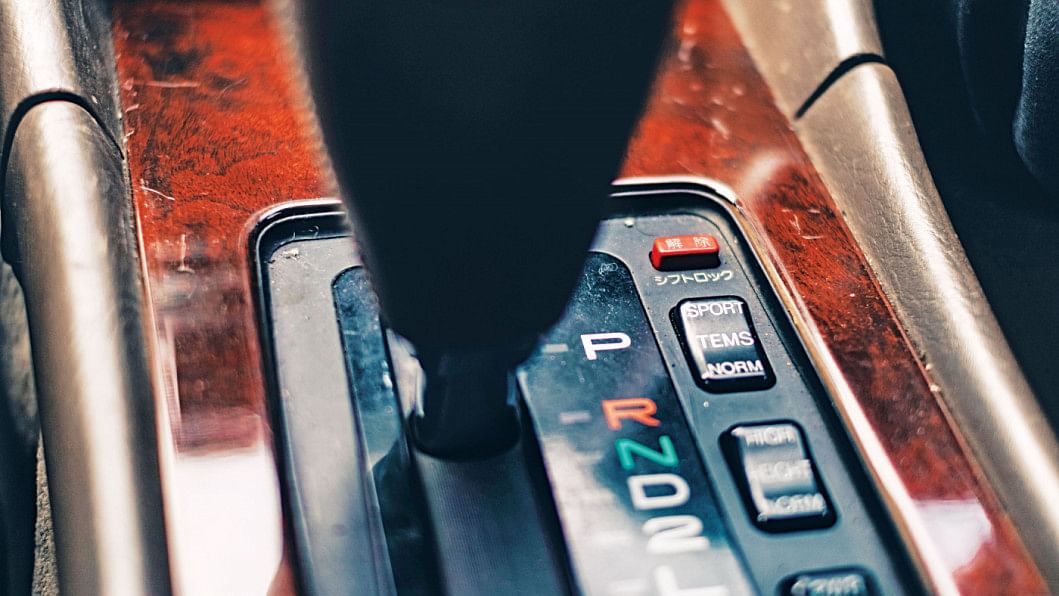
Since then, the Celsior grew up alongside Ashraful, like a faithful family pet. And yet the old faithful still operates like new. I say operates, because of the myriad of switches inside. The rear seat massage still works, the trio of the TEMS buttons beside the four-speed auto gear selector work just like new. The motor would have been the centrepiece, had it not been for the Concorde age interior. The saloon catapults and builds speed and handles like a tuner car, minus the associated commotion of a tuner car.
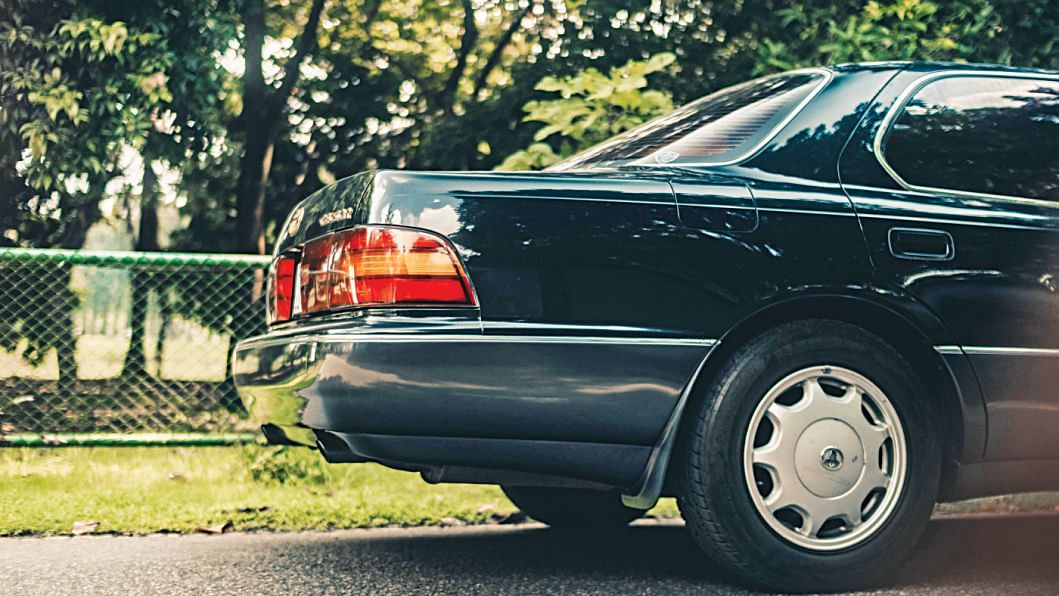
The Celsior really is a sight to behold on Dhaka's roads as most have either sunk to the road or corroded away, while this particular Celsior is the definition of a time capsule as well as a family heirloom to Ashraful.
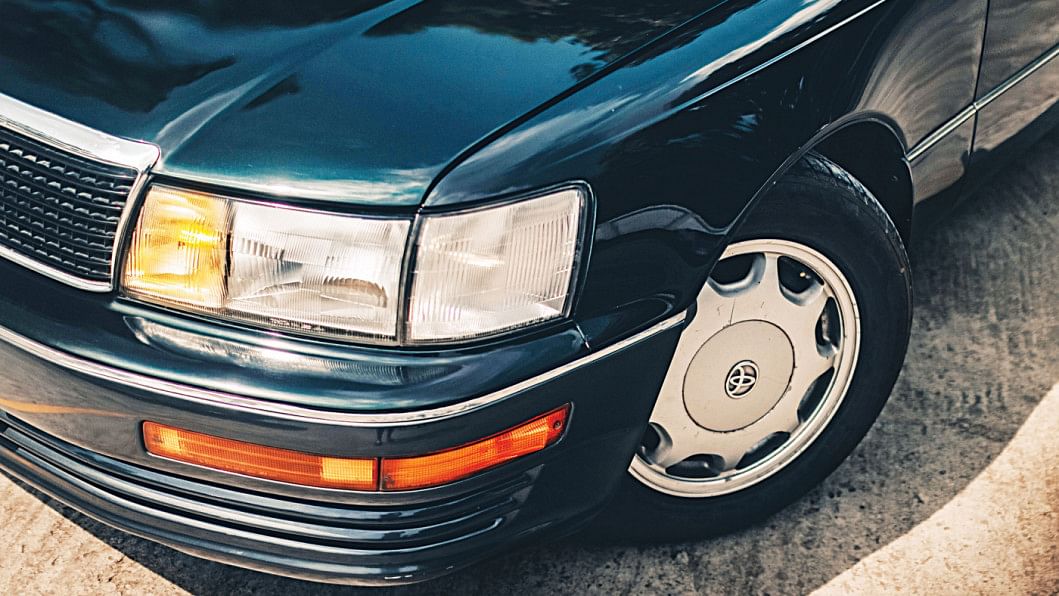
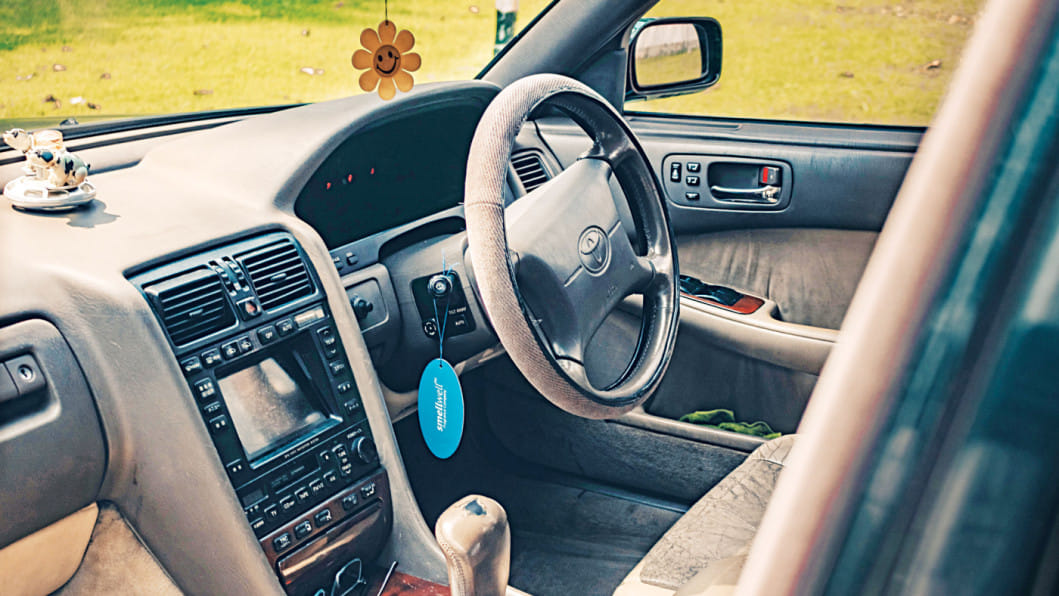
Photos: Ahbaar Milky

 For all latest news, follow The Daily Star's Google News channel.
For all latest news, follow The Daily Star's Google News channel. 

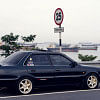

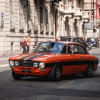
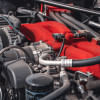
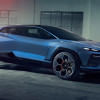


Comments